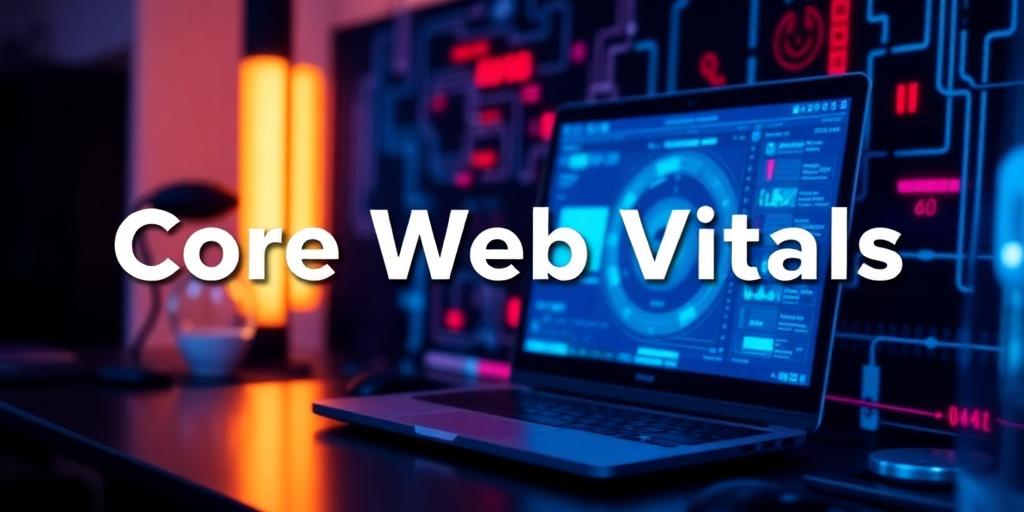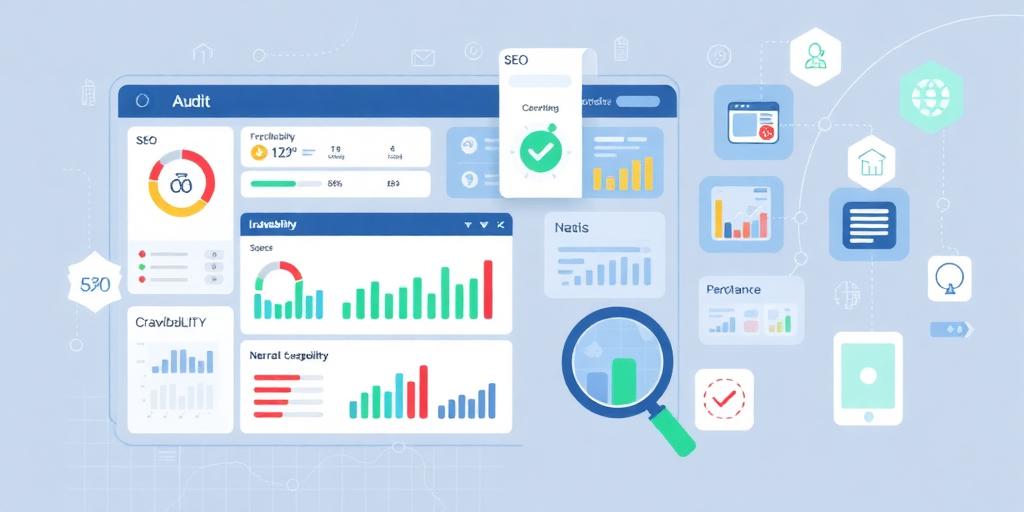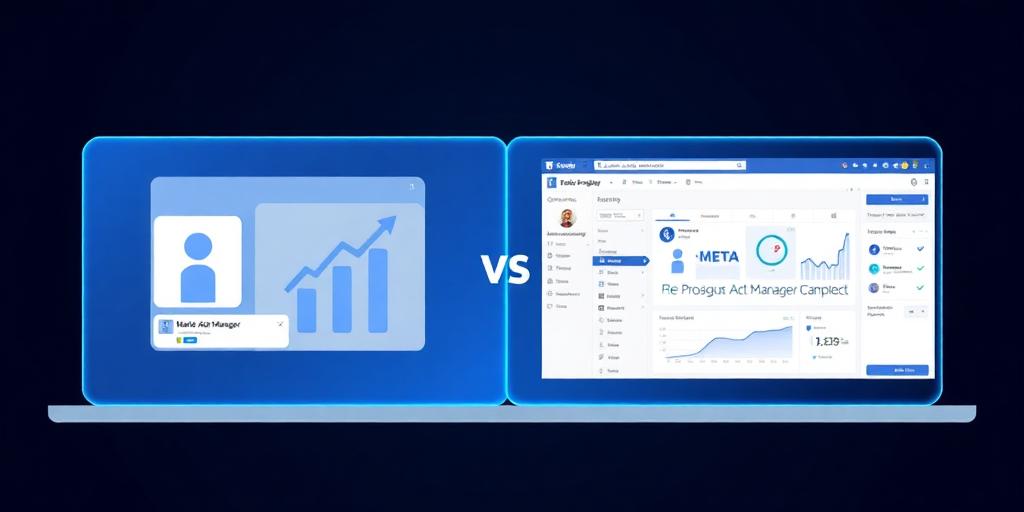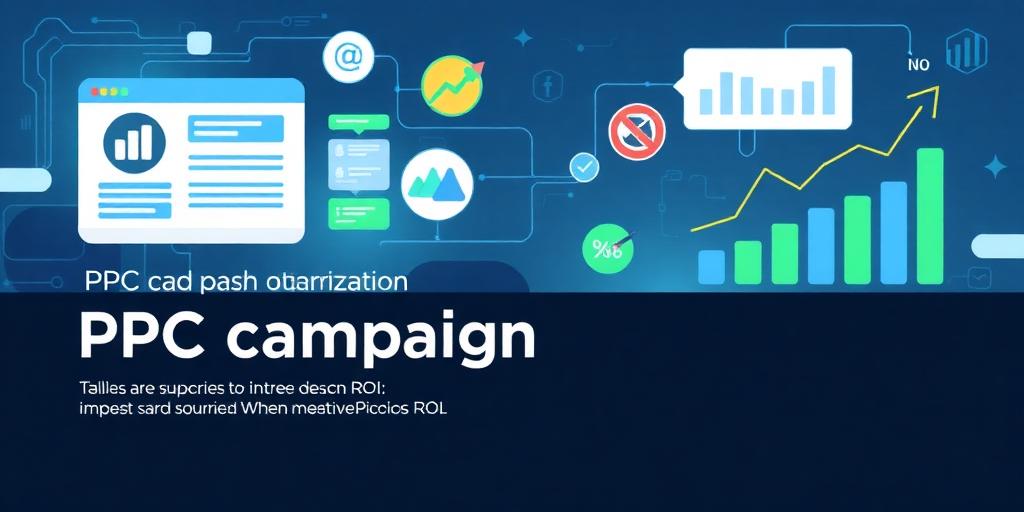Understanding LSI Keywords: A Comprehensive Guide
In the realm of SEO and content creation, the term "LSI keywords" frequently surfaces. Latent Semantic Indexing (LSI) keywords are conceptually related terms that add depth and context to your primary keyword. Using LSI keywords can enhance the relevance of your content, improve search engine rankings, and provide a better user experience. This guide delves into how to effectively use LSI keywords in your content strategy.
What are LSI Keywords?
LSI keywords are terms and phrases that are semantically related to your main keyword. Search engines like Google use LSI to understand the context and meaning of content. For example, if your primary keyword is "coffee," LSI keywords might include "caffeine," "latte," "espresso," "brew," and "coffee beans."
Why Use LSI Keywords?
- Enhanced Relevance: LSI keywords help search engines understand the topic of your content more comprehensively.
- Improved SEO: By incorporating LSI keywords, you signal to search engines that your content covers the subject matter thoroughly.
- Better User Experience: LSI keywords allow you to address various aspects of a topic, providing more value to your audience.
- Reduced Keyword Stuffing: Using a variety of related terms helps you avoid overuse of your primary keyword, which can negatively impact your SEO.
How to Find LSI Keywords
- Google Search: Type your primary keyword into Google and observe the suggested searches and related search terms at the bottom of the page.
- LSI Keyword Generators: Tools like LSI Graph, and Keyword Keg can generate a list of LSI keywords related to your main topic.
- Google Keyword Planner: Although primarily for ad campaigns, it can also help find related keywords.
- Analyze Competitor Content: Look at top-ranking content for your primary keyword and identify related terms they use.
Implementing LSI Keywords in Your Content
- Natural Integration: Incorporate LSI keywords naturally within your content. Avoid forcing them into sentences where they don't fit. Readability is key.
- Strategic Placement: Include LSI keywords in headings, subheadings, and image alt tags to maximize their impact.
- Content Variety: Use LSI keywords to explore different facets of your main topic. This can help you create more comprehensive and engaging content.
- Focus on User Intent: Always prioritize the user experience. Use LSI keywords to answer potential questions and provide valuable information.
Best Practices for Using LSI Keywords
- Quality Over Quantity: Focus on incorporating relevant LSI keywords rather than stuffing your content with as many as possible.
- Relevance: Ensure that the LSI keywords you use are directly related to your primary keyword and the overall topic.
- Readability: Always write for your audience first. LSI keywords should enhance, not detract from, the readability of your content.
- Update Regularly: Keep your content fresh by updating it with new LSI keywords and information as the topic evolves.
Conclusion
LSI keywords are a valuable tool for enhancing your content's relevance, improving SEO, and providing a better user experience. By understanding what LSI keywords are, how to find them, and how to use them effectively, you can create content that ranks higher and provides more value to your audience.









